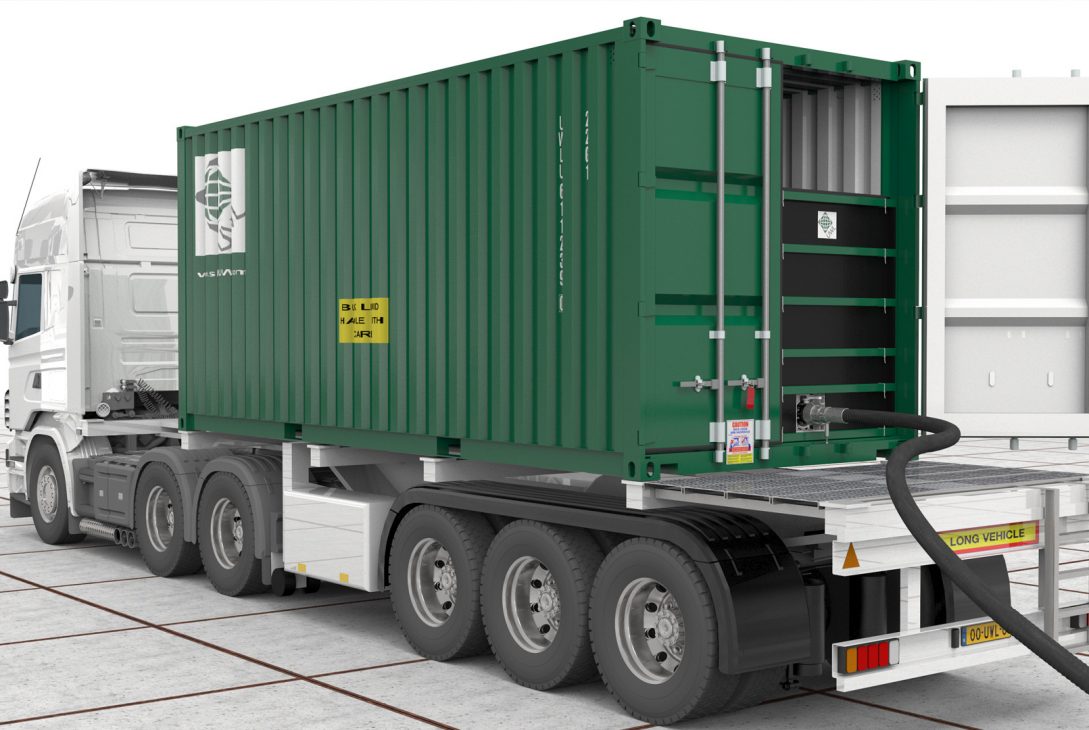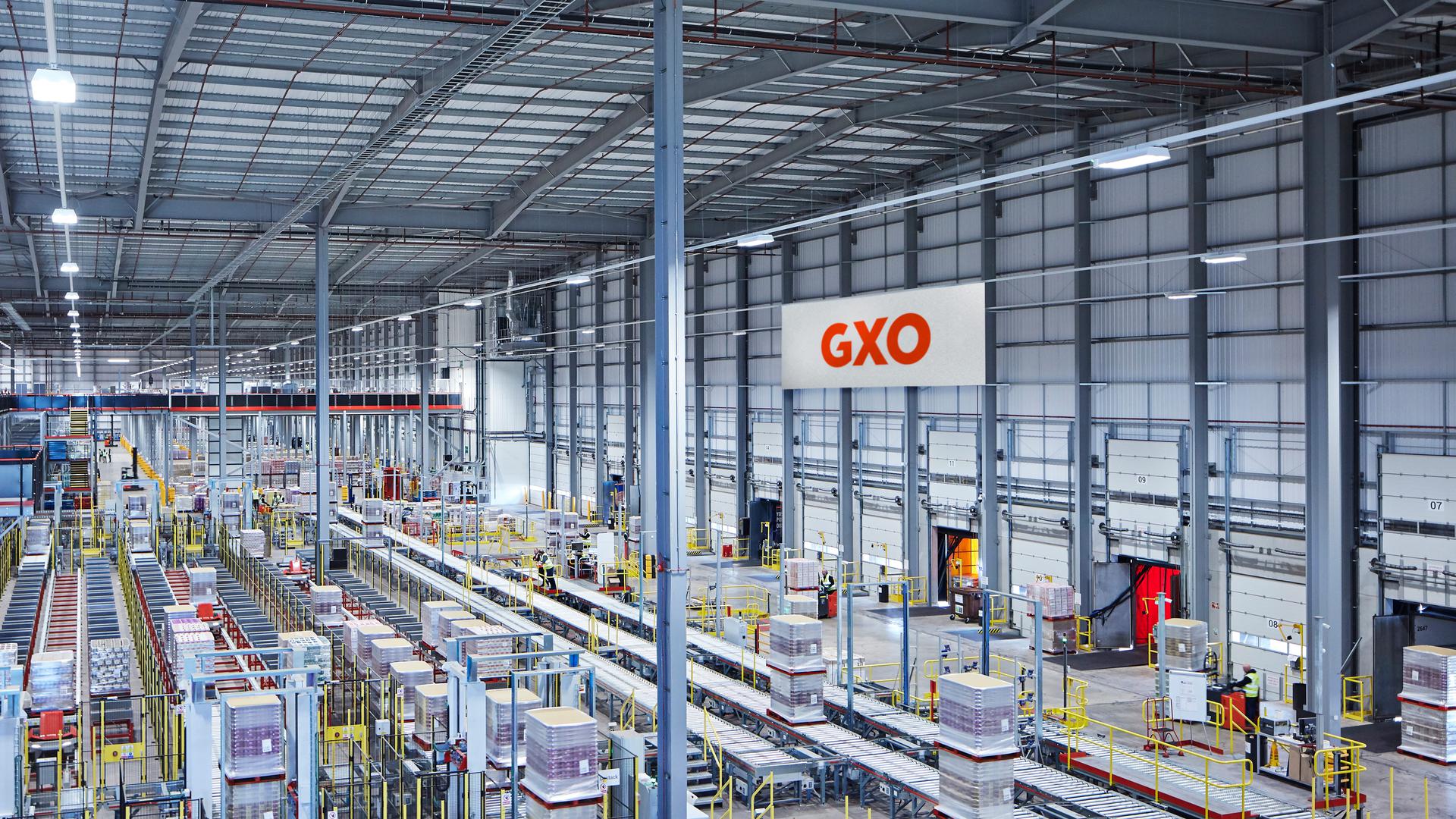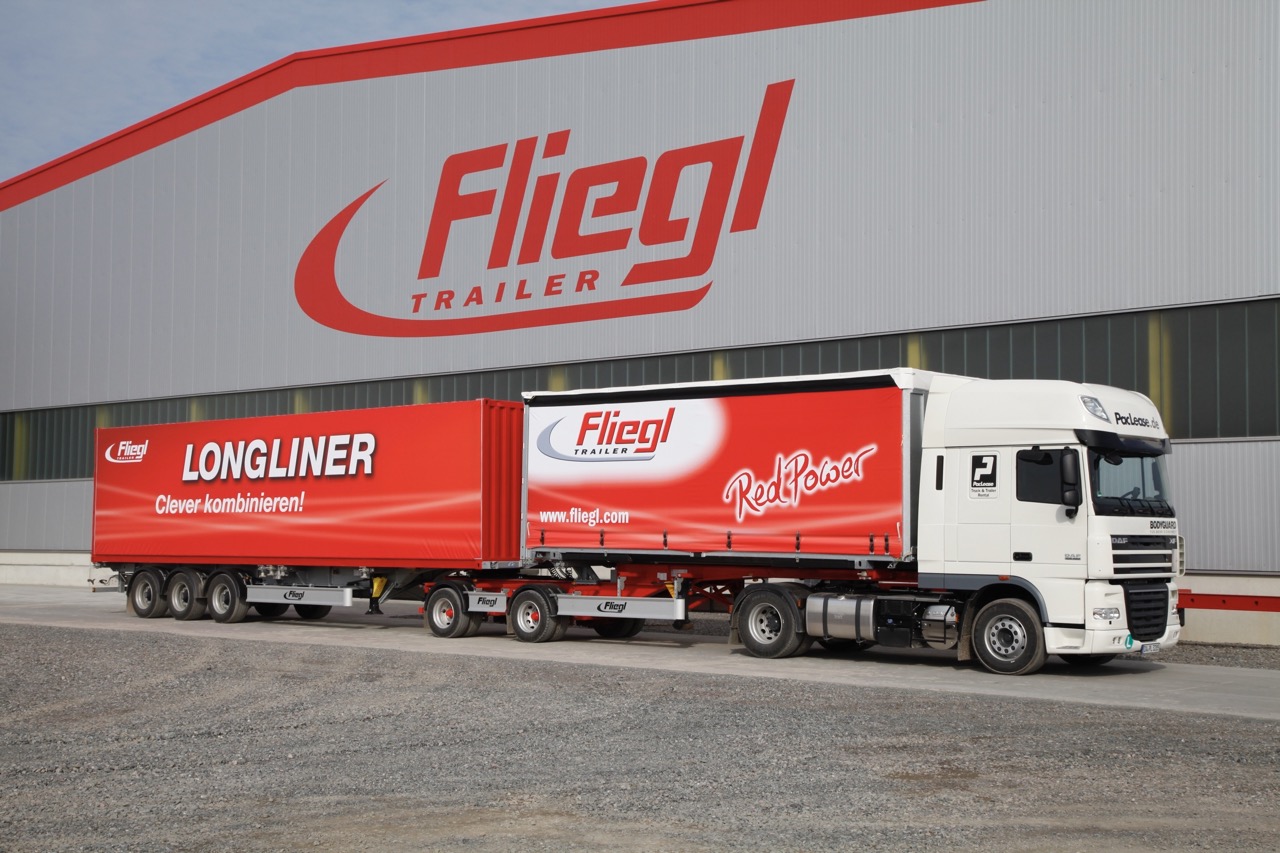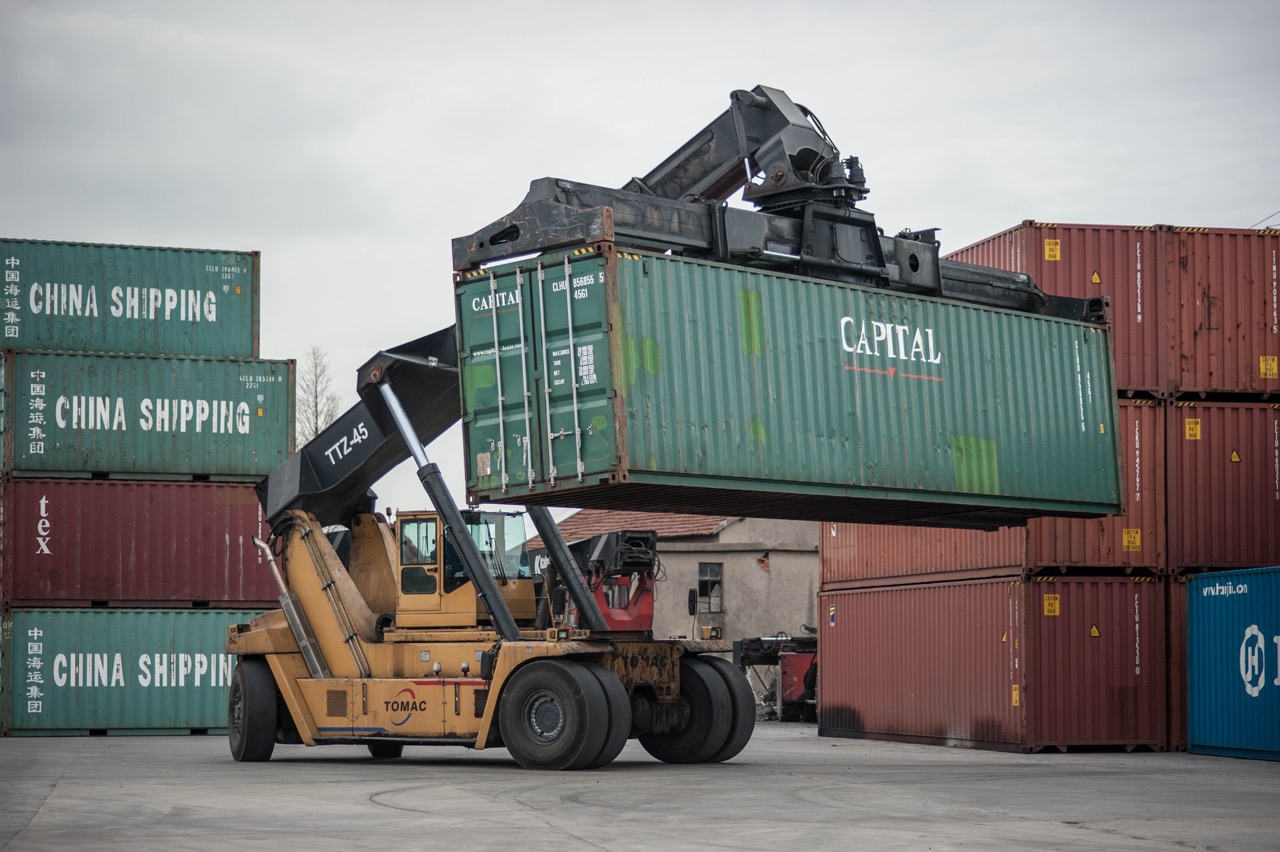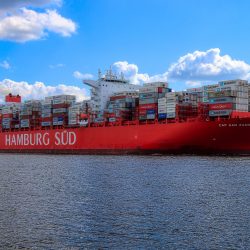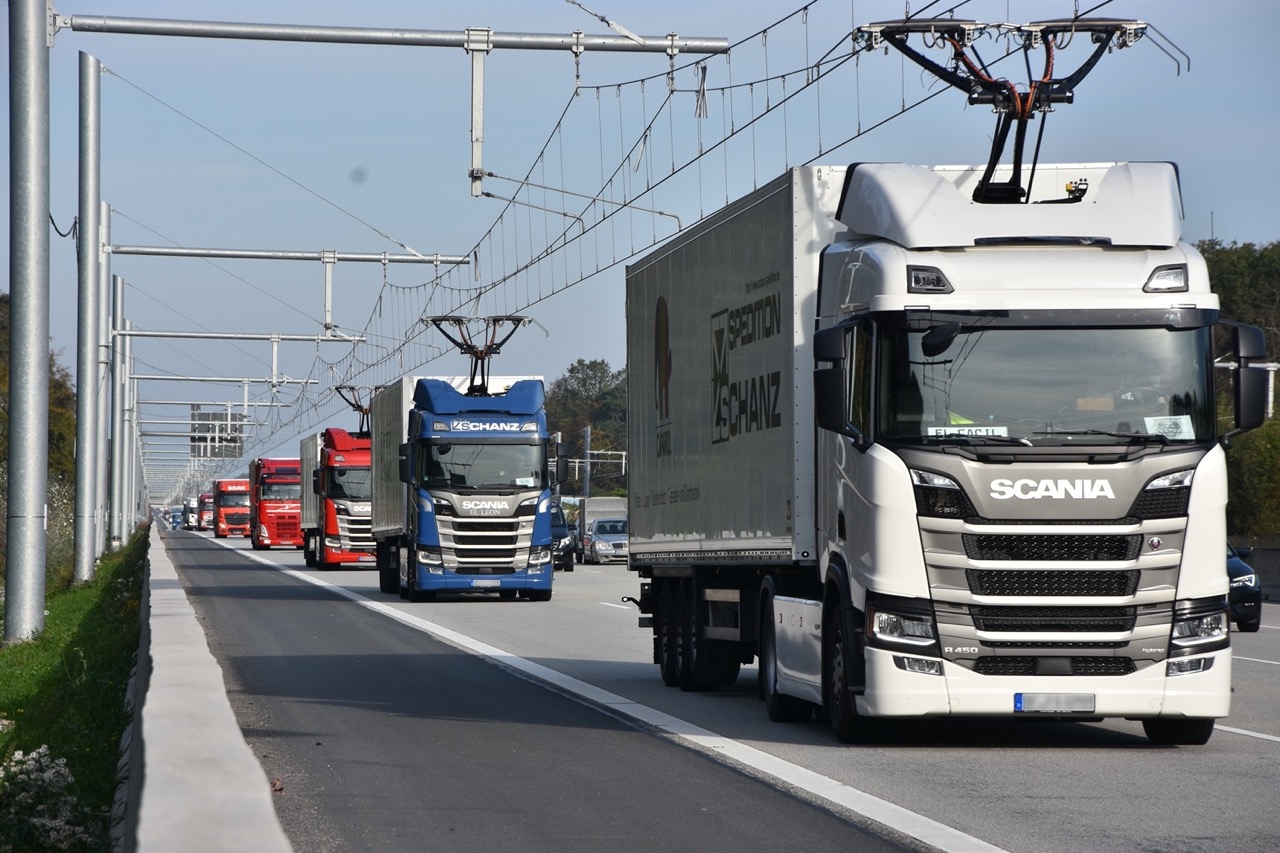Transportation of liquid cargo: the advantages of using flexitanks
Over the past few years, liquid cargo transportation has been one of the most promising areas of the logistics industry, with its volatility steadily increasing. One of the reasons for this popularity is the increased interest in containers, which simplifies service and cargo selection. These include flexitanks, which are tank liners made of elastic material. They combine all the positive qualities of containers and standard tanks.
The name of the container itself is an abbreviated form of Flexible Tank, which translates as elastic tank. A flexitank is a sealed container, which is used for transportation and storage of liquid cargoes that do not require special conditions of transportation. This container is suitable for 20-foot containers with a capacity of 18-24 thousand liters.
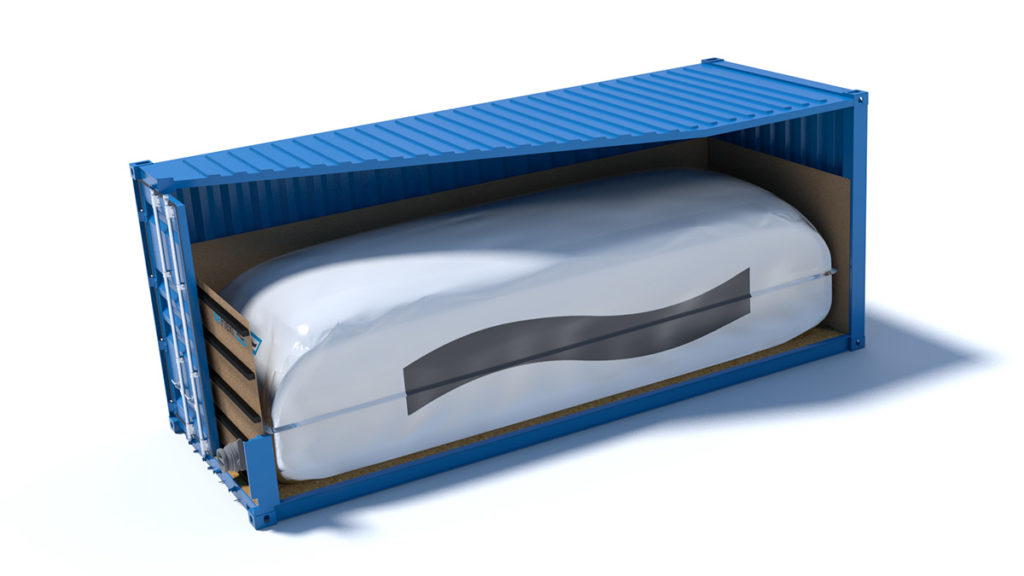
Flexitanks are ideal for transportation of large quantities of liquid cargoes, which include non-hazardous liquids for food and technical applications. In case such liquid is viscous and solidifies in cold weather, a thermoregulator is installed under the flexitank, which maintains the liquid at the optimum temperature for it and prevents it from solidification. Although such containers are versatile, the exception may be for high viscosity cargoes. In this case, there are difficulties with loading and unloading.
Using a flexitank has many advantages over standard containers, such as rail tankers or plastic containers. The use of this container eliminates the need for transport companies to pay rent for tanks, there is no need to necessarily wash and treat the container, as it is done in the case of tanks. In addition, the cost of transporting cargo in flexitanks is less than for tanks. Transportation of goods in such a container does not need intermediate storage and there is no need for liquid overflow in the ports. Cargo poured into flexitanks does not lose its qualitative characteristics due to complete tightness. Disposable containers are fully recyclable and recyclable after transportation.
The demand for such containers is growing, including in Russia. According to statistics, their number increases by 20-30% annually. The main producer of flexitanks in Russia is “FT-Trans” which has been present on the local market for 7 years. The company’s products have all necessary certificates, the packaging and its production meet international standards. This allows the company to become a COA member in the future.
The manufacture of flexitanks undergo three stages of control, where they check the stability of the container when exposed to changing temperatures, the inertness and durability of the material, and the reaction to mechanical influences. Thanks to this it is possible to minimize defects and increase production efficiency as a whole.

